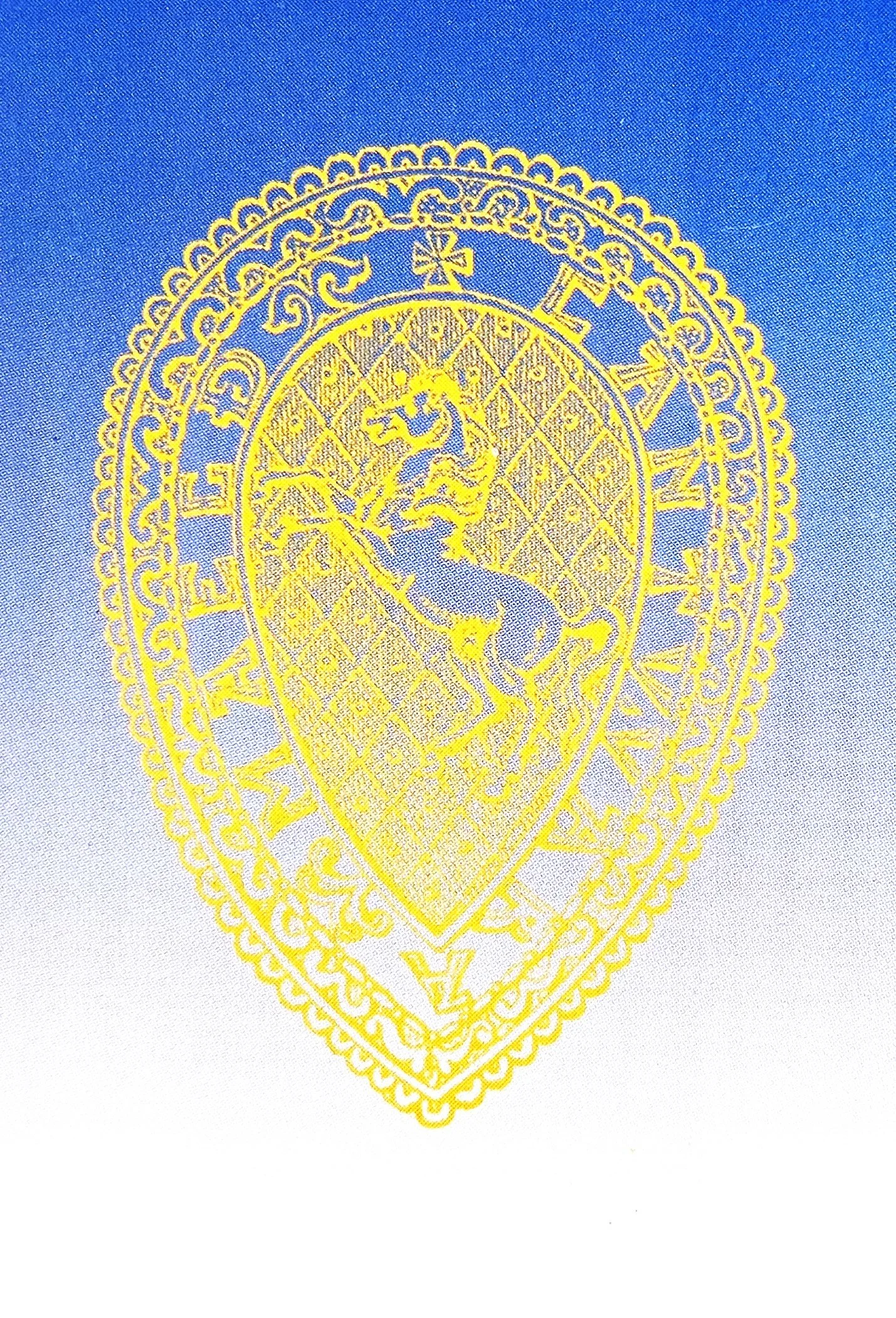Featured
Mary Berg, 2010, KAS Newsletter, Issue 85 (Summer 2010). Maidstone: Kent Archaeological Society.
David Brown, 2010, KAS Newsletter, Issue 85 (Summer 2010). Maidstone: Kent Archaeological Society.
Pernille Richards, 2010, KAS Newsletter, Issue 85 (Summer 2010). Maidstone: Kent Archaeological Society.
Mick Diack, Canterbury Archaeological Trust, 2010, KAS Newsletter, Issue 85 (Summer 2010). Maidstone: Kent Archaeological Society.









Francis Wenban-Smith, Department of Archaeology, University of Southampton, 2010, KAS Newsletter, Issue 85 (Summer 2010). Maidstone: Kent Archaeological Society.